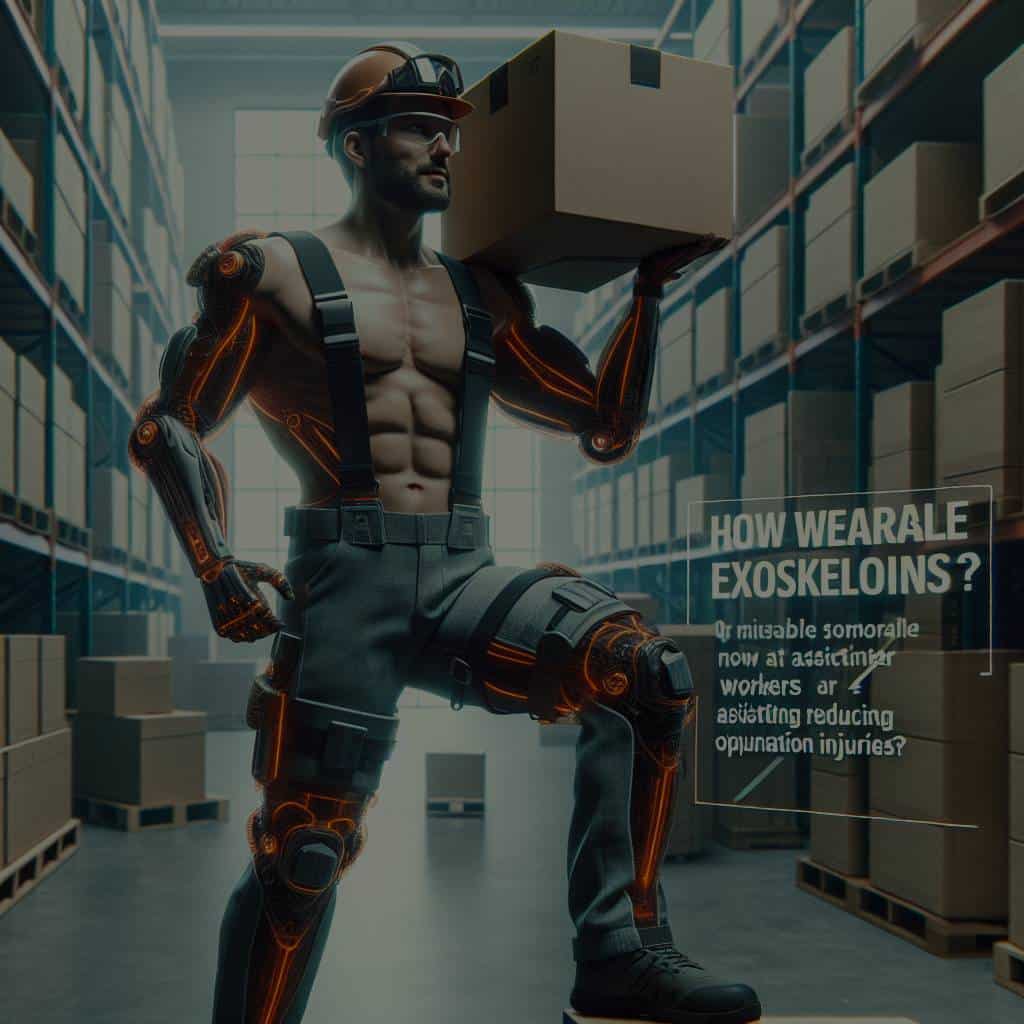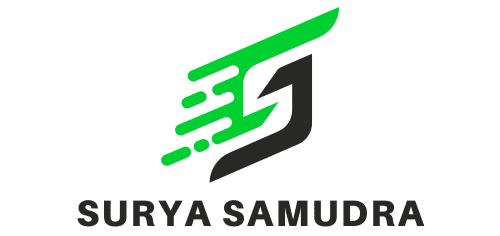How Are Wearable Exoskeletons Assisting Workers in Reducing Occupational Injuries?

In the journey towards a safer workplace environment, one of the most innovative tools that have come to light is the wearable exoskeleton. These are not the stuff of science fiction anymore; they are real and increasingly present in various industries, particularly in construction. They work in sync with the human body, drastically reducing the risk of musculoskeletal injuries among workers.
The Intricacies of Exoskeletons
Exoskeletons are essentially wearable machines, designed to either passively or actively work with the user’s body to perform certain tasks. In a workplace setting, they aim to reduce the physical strain on a worker’s body, thereby preventing potential injuries.
En parallèle : How Is AI Being Applied to Optimize Public Transit Schedules and Reduce Delays?
Passive exoskeletons provide support by redistributing the weight that workers have to carry. They shift the burden from the weaker parts of the body, like the spine and lower back, to the stronger ones, such as the hips and legs. Some exoskeletons are designed to support the arms, especially for tasks that involve holding up tools for extended periods.
Active exoskeletons, on the other hand, are powered by motors or hydraulics. They can amplify the wearer’s strength, allowing them to lift heavy objects with ease. This not only reduces the risk of musculoskeletal injuries but also increases work efficiency.
A lire également : How can you use a chatbot to manage your diary ?
Exoskeletons and Worker’s Health
When it comes to the health of workers, exoskeletons have a significant role to play. The repetitive strain on muscles, bones, and joints can lead to chronic health issues in the long-term. The use of exoskeletons can mitigate these effects by providing extra support to the body and reducing muscle fatigue.
By decreasing muscle strain, exoskeletons help in preventing musculoskeletal disorders, which are a leading cause of work-related health issues and disability. Conditions such as lower-back pain, tendonitis, rotator cuff injuries, and carpal tunnel syndrome, can be significantly reduced with the use of exoskeletons.
Moreover, by reducing fatigue, exoskeletons can also improve the mental well-being of workers. Fatigue is a significant factor in accidents at work. When workers are physically drained, they are more likely to make mistakes, which can lead to serious injuries. Thus, by keeping workers fresh and alert, exoskeletons can also indirectly contribute to workplace safety.
The Role of Exoskeletons in Reducing Workplace Injuries
Workplace injuries can be detrimental for both the victim and the organization. For the injured worker, there is the physical pain, the potential loss of income, and the uncertainty of future employment. For the organization, workplace injuries can result in lost productivity, increased insurance premiums, and potential legal complications.
Exoskeletons can play a crucial role in preventing these incidents. By providing physical support to the workers, they help in reducing the exposure to hazards. For instance, in the construction industry, where heavy lifting is a part of daily tasks, exoskeletons can aid workers in carrying out these tasks safely, reducing the risk of injuries.
By reducing fatigue, exoskeletons can help in maintaining a high level of alertness among workers. This is particularly beneficial in industries where attention to detail is critical, such as manufacturing or assembly lines.
The Future of Exoskeletons in the Workplace
The potential of exoskeletons in enhancing workplace safety is enormous. However, while they are increasingly being adopted in industries such as construction, manufacturing, and warehousing, their use is still not widespread.
One of the main reasons for this is the cost. While the prices of exoskeletons have been decreasing over the years, they are still quite expensive, particularly the active ones. However, as technology advances and the demand for these devices grows, it is expected that the prices will continue to fall, making them accessible to more businesses.
Furthermore, there is also the aspect of user acceptance. While most workers have responded positively to exoskeletons, there are some who are apprehensive about their use. This is where proper training and effective communication come in. By educating workers about the benefits of exoskeletons and addressing their concerns, companies can ensure a smooth transition.
Despite these challenges, the future of exoskeletons in the workplace looks promising. With their ability to enhance safety and productivity, they are set to revolutionize the way work is done. In a world where worker’s health and safety is of paramount importance, exoskeletons are indeed a game-changer.
The Implementation and Challenges of Occupational Exoskeletons
The adoption and implementation of occupational exoskeletons in the workplace carry both promising opportunities and multiple challenges. Exoskeleton technology is aimed at enhancing worker’s safety and reducing musculoskeletal injuries, but its diffusion is hindered by several factors.
A key challenge lies in the cost of these advanced devices. Despite noticeable price drops over the years, the financial investment for companies, particularly for active exoskeletons, remains substantial. Acquiring the technology is not just about purchasing the equipment. It also includes the costs of maintenance, repairs, and training for employees. However, with technological advancements and increased demand, it is anticipated that prices will continue to decline, making these devices more affordable for a wider range of enterprises.
Moreover, the acceptance of exoskeleton technology by workers is another hurdle to be overcome. Some workers express concerns about discomfort, restrictiveness, and the potential for dependence on the technology. Effective communication about the benefits of exoskeletons, alongside proper training, can help to alleviate these concerns. By addressing apprehensions and showcasing the advantages of using exoskeletons in terms of health safety, organizations can facilitate smoother acceptance and integration of these tools.
It’s also crucial to note that exoskeletons should not be seen as a standalone solution for workplace safety and health. They should be part of a comprehensive approach to occupational safety that includes proper ergonomic practices, regular breaks, and varied tasks to prevent muscle fatigue.
Drawing Conclusions: The Potential of Exoskeletons for Workplace Safety
The journey of incorporating exoskeletons in occupational settings is a challenging yet rewarding endeavor. The advantages of these wearable machines in terms of enhancing safety health and preventing musculoskeletal disorders are substantial. They not only help reduce the physical strain and muscle activity but also contribute to the mental well-being of workers by reducing fatigue.
The benefits extend beyond the individual to the organization as a whole. Companies can experience increased productivity, reduced sick leave, and lower insurance premiums. In the long term, the investment in exoskeletons can translate into significant financial savings and a healthier, happier workforce.
However, the implementation process must be thoughtfully managed. It requires careful financial planning, extensive training, and open communication to overcome the barriers related to cost and acceptance. It’s also vital to view exoskeletons as a component of a larger holistic approach to workplace safety.
Despite the obstacles, the future of exoskeletons in the workplace looks promising. They represent a significant leap forward in the ongoing quest for safer, healthier, and more productive work environments. As we continue to learn and adapt, it’s clear that exoskeletons are set to play a pivotal role in the modern workplace. By continuing to invest in this technology and address the challenges that come with it, we are taking a proactive step towards a safer and healthier future for all workers.
